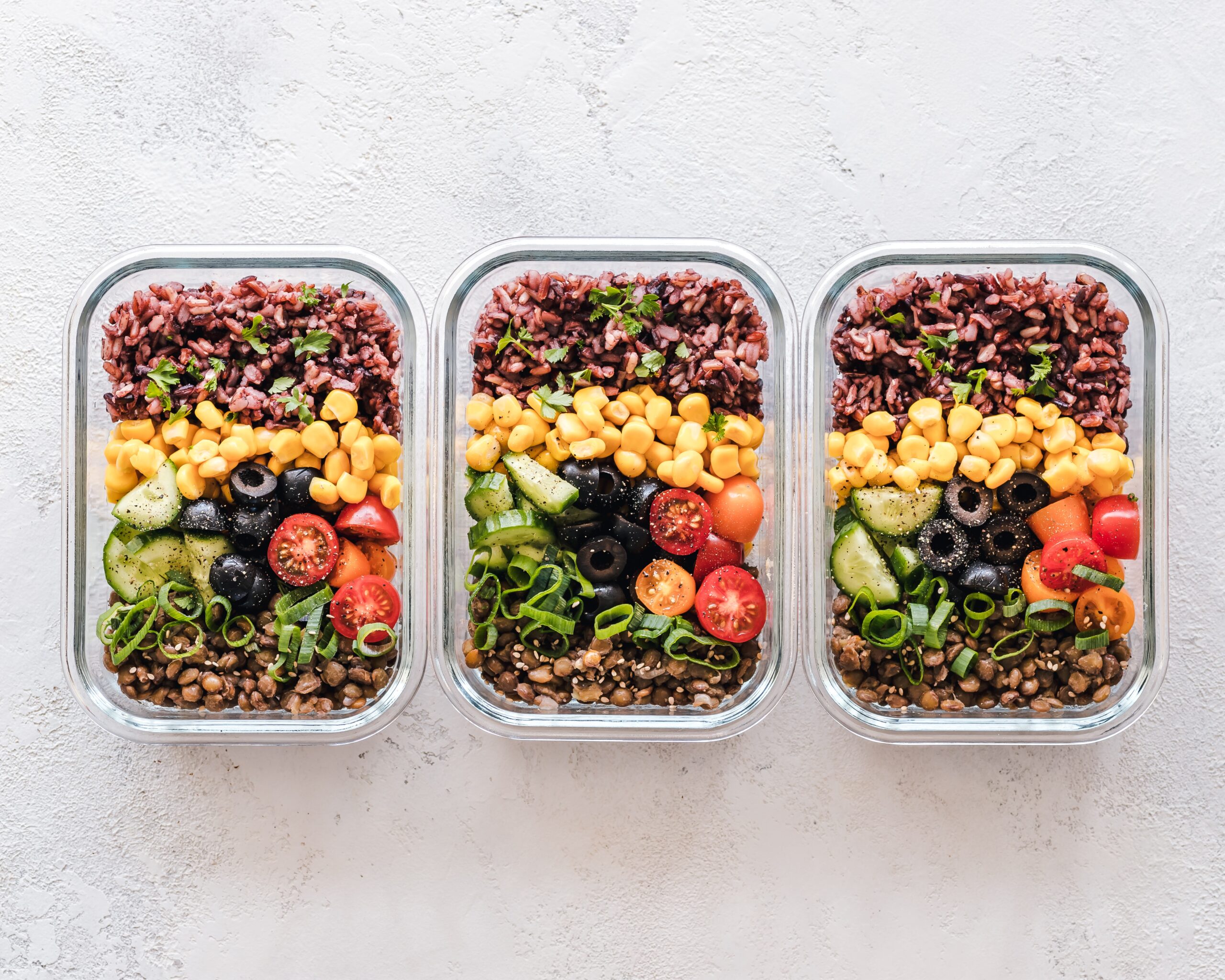Intermittent fasting has become a trend as of late, and more and more people are seeing it as a fast track way to lose weight and become healthier. And, although reducing calories and or omitting food entirely for long periods of time can render wonderful health benefits, how should you approach it initially? Is there really a way to incorporate fasting into your lifestyle, with all of the real energy that you need personally to perform effectively on a daily basis?
The answer to that will be dependent upon your body type, your exercise routine, and how well you will be able to stick to the fasting schedule. Reducing your food intake will inevitably make you lose weight, but, if you begin to feel sick, lightheaded, or weird in any way while fasting, it’s important that you let your doctor know. The five methods that this article will focus on are: the 16/8 Fasting Method, the 5/2 Fasting Method, 24-Hour Fasting, Alternate Day Fasting, and the Warrior Diet.
The 16/8 Fasting Method

Probably one of the best fasting methods, the 16/8 method, can be great for anyone who is new to intermittent fasting, and wants to simply ease into the process. When approaching fasting as a method initially, it is important to remember that you are about to put your body through a lot, and it will be a shock to your system. When you rapidly change your eating habits (especially when they include decreasing your food intake throughout the day) gradually letting your body transition into fasting will always be best. This is why the 16/8 method works so well for so many beginning fasters.
There are a couple of mistakes that many people make when utilizing this method, and one of them is starting to eat way too early in the day. The truth is, there is no specific time that you should be setting your 8-hour food eating window to, during the day. It’s totally up to you. But, the thing to remember is that you are trying to lose weight and build muscle, and you do that when you are being your most active self. When a person is just waking up in the morning, and they have been inactive for six to eight hours because they were sleeping, it’s really not a good time to open up your window for eating that early in the day. This is because your body has been in that relaxed state overnight.
Many folks find that setting their eight-hour window for late afternoon works best. During the day, they mostly just rely on drinking water. During the day, they will be moving around, active at work, going to the gym, running other errands, etc. During this whole time, they are fasting, meaning they will be burning body fat. A good eating window to begin with would be 4PM to midnight, every day. Eating during the latter part of the day will put you in a restful state, and you’ll likely sleep a lot better, as a result.
Another common mistake while utilizing the 16/8 method is a lack of exercise. Sure, fasting is a great way to become slimmer quicker, but only omitting food for the larger portion of your day won’t help build muscle. If you want the results that you envision (that include noticeable muscle definition), then you need to use 16/8 fasting as a tool that you can use in addition to working out. Not as an alternative to working out.
The 5/2 Fasting Method
In 5/2 Fasting, a person will pick two days out of the week to fast and eat normally the other five. When most people first think of intermittent fasting, they may automatically assume that it means that a person is supposed to go for very long periods without eating a single thing. There are many dieters who do that. You could drink water for most of the day, then only eat something right at the end of a 24-hour period. But the way most people stay busy with work, school and other pursuits – means that you may need some kind of energy during the day while fasting. This is to help ensure that you do not begin to feel sick, faint, light-headed, etc.
Intermittent fasting implies that the majority of calories a person eats will be greatly reduced. However, these calories are not completely eliminated. Dieters can have at least a little bit of food during their fasting period, for maintaining their overall energy and sharpness throughout the fast.
According to experts, the average man should consume about 2,500 calories daily to maintain his current weight. And a woman should consume about 2,000 calories per day, to maintain her weight. On fasting days using the 5/2 method, a woman should drop way down to eating under 500 calories, and man should allow himself up to only 600 calories. This can be very challenging, especially if you are the type of person with a very active lifestyle. It is especially tough, if you are regularly working out. This is why you need to make sure that the days you choose to fast are not going to be physically challenging for you, if possible. For example, you could make the days you fast ones where you take a break from weightlifting and focus more on light stretching. This will make the 5/2 fasting method easier to maintain.
24-Hour Fasting
This is probably the hardest kind of fasting, being that it is really difficult to go an entire 24-hour period without any food. This fast is like the 5/2 fast, in that calories are reduced on fasting days. Still, some people actually take this method to be a literal fast, where no food is consumed at all. To them, the only thing that is allowed during this type of fast is water. But going completely calorie free will ultimately be up to the individual.
When people do a 24-hour fast like this, they normally choose two days out of the week to do it. It is also good to give yourself a few eating days in between the fasting, usually two or more. This is because you need time to recover from the fasting days and allow your body to recharge again. This is done by eating regularly. In some instances, a person may not actually feel like they are super hungry after a 24-hour fast. It is common to start off eating small meals, after a long fast. Whatever foods you choose to eat immediately following the fast should be healthy and good for you, being that it will be the initial piece of sustenance to hit your stomach. A fast is not as effective if you immediately dive back into junk food, for example.
Some people go for brain food like steamed fish, or some may try to start off eating fruits or veggies, which are all wonderful choices after a fast. No matter how hungry you are, you don’t want to eat anything that’s really greasy or fried, and you don’t want to start off with fast food. Remembering your diet and staying within those, will lead to the best results. Right after a fast is not the time to indulge, but a time to set the tone for your body’s digestive system, with the right healthy food choices.
Alternate Day Fasting
This is very likely the hardest kind of fasting, and if you are a beginner you should definitely get approval from your doctor first. Although a person may feel like they can do alternate day fasting and are motivated to lose the weight – it simply may not be very healthy for you. For example, if a person who is very skinny tried to do alternate day fasting, it could end up being dangerous. The skinnier you are, the less body fat you have to rely on, meaning your body comes much closer to actual starvation. Even if a person who is heavier wants to do this fasting method, they should still contact their doctor first. Even being bigger with more body fat, fasting every other day could end up being too much of a shock to their system, and lead to disastrous results.
There was a segment on Good Morning America where the reporters were questioning the actual effectiveness of alternate day fasting, and whether or not it was dangerous. The woman that they interviewed said she tried it to see if she could lose weight. The dieter mentioned that she especially liked the fact that on the days when she wasn’t fasting, she could literally feast on just about anything she wanted. It seems like a good balance at first – low to no food one day – and borderline gluttony the next! But, this on and off eating habit really needs to be done responsibly, especially if you are planning on maintaining your workout during the fasting days. It’s also not recommended to ‘eat whatever you want’ during off days.
Exercise can be tricky with fasting. Take for example, a simple running workout. You know that you almost always feel hungry after a run, but if you are eating absolutely no food on your fasting days – it probably will not be a good idea to schedule your runs during those 24-hour periods. Many people find that doing the low-calorie fasting option (500 calories for women and 600 calories for men, on fasting days) is a much better fit for alternate day fasting. With this option, they can at least have a little fruit, or maybe some soup. This tiny bit of energy helps keep your body a little more balanced, although those deep in ketosis may not have a problem with alternate day fasting and exercise.
The Warrior Diet
The Warrior Diet is best explained with the following sentence: you only eat one big meal per day. You are allowed a tiny amount of fresh fruits and veggies during the day, but that’s all. The diet was originated by Ori Hofmekler, and the eating window is only four hours with this approach. And after not having anything heavy to eat all day, it is best to consume healthy foods during the eating window – as your overall food quality still matters.
Mike Rashid is a wellness expert who once did a post on his Warrior Diet lifestyle, mentioned why he chooses to do it, and why he feels that it is one of the best ways to fast for him. Mike is a pretty big guy, so at first sight you probably can’t imagine him eating only once a day! But his food choices in the video are a wonderful example of how this type of diet should be executed. What he chose was a very large serving of veggies, which he baked. A mix of asparagus, broccoli, jalapenos, red kale, cauliflower, green onions and Brussel sprouts. All he used for seasoning was sea salt, and he said that every now and then he’d sprinkle a little soy sauce that was low in sodium, on his very green meal. For protein, he recommends salmon, but in that particular video, Mike opted to have a protein shake that had a couple of scoops of delicious peanut butter in it. He also recommended that if you are going to be eating once a day – that it’s best to buy organic food, if you can afford it. As always, food quality is paramount – whether you’re keto or not.
In Conclusion…
When it comes to fasting, some people do it for spiritual reasons, some people do it for health reasons, some for a combination of both. As it stands today, intermittent fasting is becoming more and more popular, which is why so many people feel they want to try it. Just because something is currently trending – doesn’t necessarily mean that it is the right thing for you, however. But there are vast benefits to intermittent fasting, so be sure to check with your doctor, if you are interested in trying it. Your doctor will be able to tell you whether or not your body is in good enough shape to go ahead with intermittent fasting, and you’ll have much greater peace of mind.
If you want to combine keto and intermittent fasting, you’ll want to be sure to track your ketone production. Because we were sick of cheap, inaccurate devices, we invented the first and only clinically-backed ketone breath monitor. Our device is accurate enough to replace invasive blood measurements. By simply breathing into our device, you will have a reliable measurement of your current ketone levels in seconds. You will know your fat burning levels instantly. No more urine strips, no more pricking your finger – just a fast, easy and reliable breath test. You can bring our device with you to the office, take it to the gym – you can truly check your ketones anywhere. Unlike previous devices, which were often poorly made, unreliable, and not backed by clinical research – our ketone breath monitor is patented. This means no other device is legally allowed to use our exclusive technology. Whether you are brand new to keto and want a convenient and reliable way to check your ketone levels, or you’re an elite level biohacker – we are the perfect way to measure your ketones.



